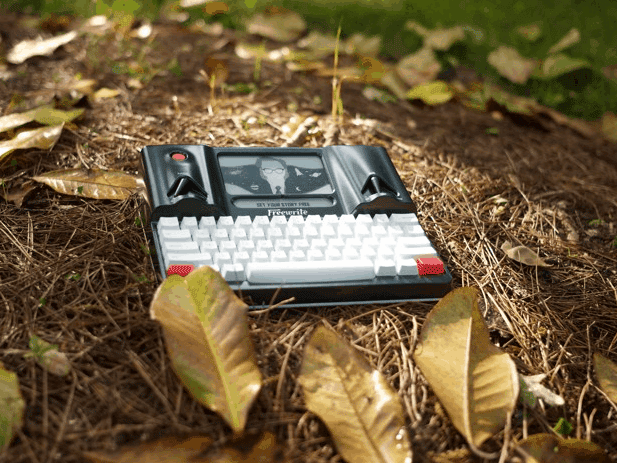The First Edition of Encyclopedia Britannica is Now Available Online

The Encyclopedia Britannica is now little more than an entry in the annals of the history of encyclopedias, but at one point it was one of the preeminent reference tools for the general public, and before that it was an ambitious project to catalog the sum of human knowledge.
I don’t know if you noticed, but the 250th anniversary of the first edition of the Encyclopedia Britannica was earlier this week.
To celebrate the anniversary, the National Library of Scotland has scanned and uploaded a copy of the first edition. You can find the scanned pages on the National Library of Scotland’s website. If you would like to read a slightly more current edition, Project Gutenberg has a copy of the seminal 11th edition (from 1911).
“Britannica became viewed as an authoritative source of facts about the world," said rare books curator Robert Betteridge. "Its first editor believed strongly in the democratization of knowledge – that it should be accessible to all who sought self-improvement, regardless of background. We adhere to this belief at the Library, which is why we are working to digitize and make available as many early editions as possible."
The first pages of the Britannica were published in Edinburgh, Scotland, on 10 December 1768. The first edition is credited as the work of 3 young men: compiler William Smellie, engraver Andrew Bell, and printer Colin Macfarquhar. Here are a few details from that edition:
- Humans were divided into five categories: European, American, Asiatic, African, and Monstrous.
- The Spanish colony of ‘California’ was ‘a large country of the West Indies. Unknown whether it is an island or a peninsula.’
- The solar system had six planets (Uranus and Neptune were yet to be discovered).
"Britannica holds a special place in people’s memories," said the Library’s Lucy Clement. "Many donors to our appeal have told us how, in childhood, it piqued their curiosity about the world around them and helped with their homework in the days before Google. They are fascinating time capsules of human knowledge and society’s values at particular points in our history and with the public’s help, we hope to make many more editions available for free online. "
image by Jason "Textfiles" Scott via Flickr




Comments
John Roach February 22, 2021 um 1:30 pm
Hello, I have questions about the content of the 1768 issue or the 1771 issue of the Encyclopedia Britannica. Was the Copernican/Keplerian/Nexwtonian Heliocentric model of the solar system an accepted scientific fact? The stellar parallax was detected in 1838. In Newtons homeland as he laid cold in his grave, what was printed in 1768?